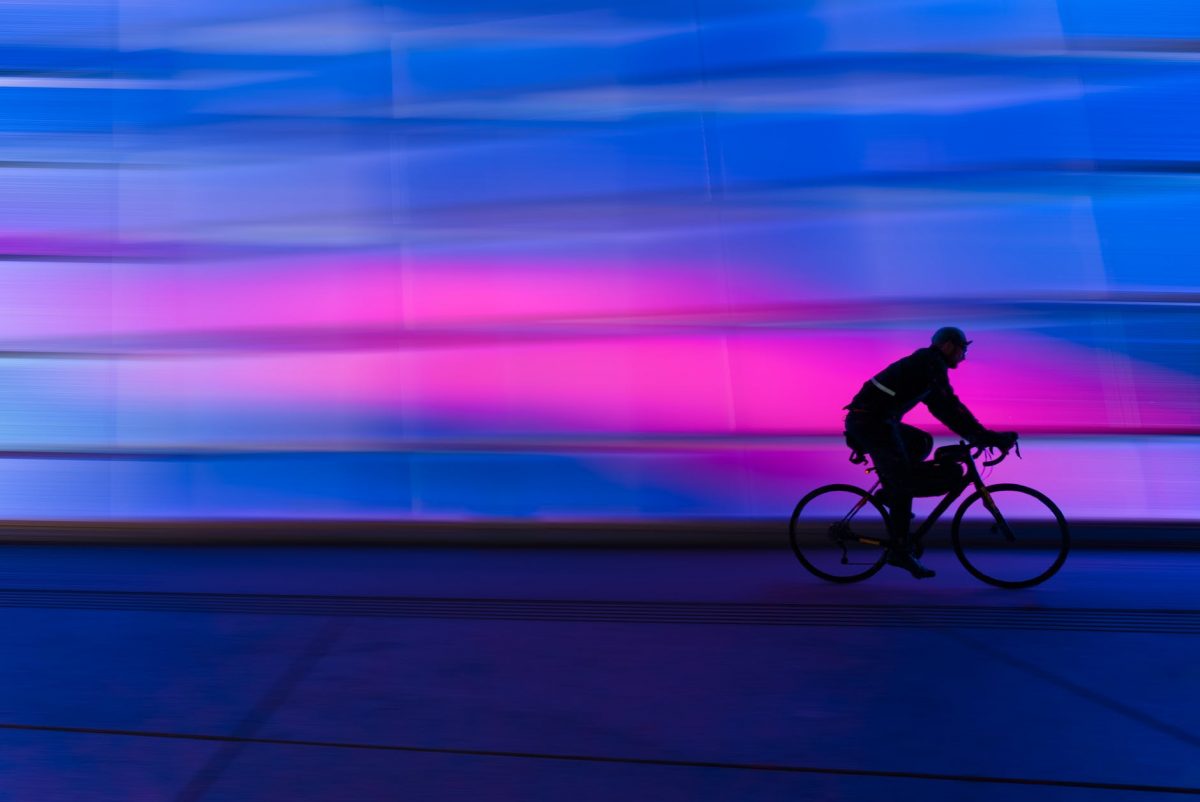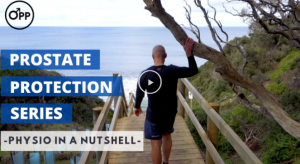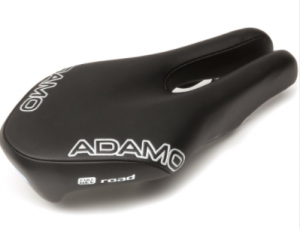
The question no one wants to ask, “Does cycling cause Erectile Dysfunction”. With the help of Travis Monk (Doctor of Physiotherapy) we answer the questions you undoubtedly have, and probably some of the ones you never knew to ask.
Is your passion for cycling changing the gears on your love life? If you’re an avid cyclist who experiences erectile dysfunction, it’s quite likely you’ve wondered whether this contributes. Or for some of you, it might be a curiosity as to whether cycling is doing more harm than good for your functioning below the belt.
All of us men know what it feels like to be sitting on a bike, only to feel the growing sensation of numbness under the seat. This usually prompts the tingling sensation after getting out of the saddle. This is such a common experience for guys who cycle and as such this topic has gained quite a lot of attention in medical research. Many studies have been conducted to investigate whether there is a link between cycling and erectile function. Let’s further explore what this research has found and see what will help keep you in the saddle for years to come.
Will Cycling Cause Erectile Dysfunction?
We all know that cycling is a great way to improve your cardiovascular fitness and it’s a healthy way to travel to and from work. However for some men there can be consequences to sexual health. Currently, most of the research on this topic suggests that men who cycle frequently are more likely to experience erectile dysfunction than those who don’t (1, 2).
One headline that you may read from a study released in 2020 is: “cyclists have a 2-fold higher odds of ED than non-cycling counterparts” (3). Although, it is much more complicated than what the headline suggests as there yet to be enough good quality data gathered on the topic. Factors like the number of people in the research, their age and health, and the way erectile dysfunction is measured are influential to the outcomes presented here.
Over time there has been a suggested link between the amount of cycling completed and the rates of erectile dysfunction (1, 2). Although the evidence is conflicting, an overall increased weekly duration of cycling has been shown to be related (3).
Additional risk factors that may contribute is having a cycling history over 10 years, being aged over 50, a larger body weight and doing more than 3 hours of cycling per week (1). Although to further outline, a large research study of over 5000 men found no direct relationship between erectile dysfunction and cycling (4). Hard to get a straight answer from the evidence right?

How Does Cycling Affect Erections?
There are a few proposed ways that cycling is thought to contribute to erectile dysfunction. An obvious mechanism is that sitting on a standardised bike seat may cause negative effects on the blood flow to the penis. Further investigation of this has shown that blood flow is greatly reduced during cycling (1), which is associated with the type of saddle and cycling position (1). You may have already noticed sitting upright results in the greatest decline in blood flow and that by subsequently standing up it returns to normal (1).

Detailed research on the shape and design of the bike saddle have provided interesting results. Generally, narrow saddles are more detrimental when compared to a wider saddle, as they are more compressive (2). Research comparing designs marketed as solutions for penile blood flow compression, such as channels, central cutouts and noseless saddles, showed that only noseless designs were able to prevent significant blood loss (5). But this does not mean you have to rush out and immediately change to a noseless saddle. Riders who switch from a racing saddle to a central cutout or downward curved nose still get significant improvements for those of you who don’t like the idea of a noseless design (2).
Another unfavorable component is long periods of sitting on a bike seat, peddling and getting regular low impacts to the perineum (the area between the scrotum and anus). This is thought to cause compression of the nerve surrounding the genitals (1). The pudendal nerve, the main nerve providing sensation of the perineum and controls the pelvic floor, is exposed to frequent pressure and loses ability to sufficiently move when cycling.
Both reduced circulation and increased exposure to compressive forces are proposed as contributors to trauma of the nerve – pudendal nerve compression syndrome. The most recognised symptom is genital numbness, which can be experienced around the perineum, penis, scrotum, or buttocks. Most of the time this is the first symptom of the syndrome and is usually only associated with cycling. Interestingly, men who experience perineal numbness, especially occurring within the first hour of cycling are more likely to have reduced erectile function (6).
Should You Still Be Cycling?
In strong defence of cycling, the known benefits it has for your cardiovascular fitness potentially outweigh the harms mentioned above. Cardiovascular fitness is crucial for erectile function and therefore you should be doing sufficient levels to improve or maintain things below the belt.
To counteract the relationship between cycling and erectile dysfunction, some studies have even shown that cyclists can also be less likely to experience erectile dysfunction. It has been argued to be due to the possible health benefits it provides. For example, cyclists are likely to be in good physical health where rates of smoking, diabetes, heart disease and obesity are lower (4).
For passionate cyclists diagnosed with prostate cancer, it can be a worrying issue to decide whether to continue cycling throughout the journey. It’s understandable that your world can go into a spin with the thought of not being able to get on the bike! No direct guidelines on cycling have been established for men who have prostate cancer. If you are second guessing about your own situation it is best to seek advice from your medical team.
Tips For Avoiding Erectile Dysfunction From Cycling
- If you experience regular numbness or tingling during your ride make sure you stand up frequently, especially whilst riding over bumpy terrain.
- Make changes to your riding position: be more horizontal from your hips rather than vertical to avoid increased compression.
- Make changes to your seat: trial different shapes and styles, usually the wider and shorter in length the better.
- Make changes to your bike: if you can, try keeping the handlebars lower in height to that of your seat.
- Wear protective cycling shorts with added padding underneath the scrotum.
- Consider your weight from your belly that is not helping with compressive forces onto the saddle.
- If you have erectile dysfunction and are cycling regularly, consider taking a break for a month to see whether this improves. Trial other activities during this time to keep fit.
- If you’ve had issues for a long time with cycling causing pain, numbness and sexual issues please seek help from a medical profession – namely a Urologist.
 Online Prostate Physiotherapy is an online physiotherapy service dedicated to help men feel and live better with prostate cancer.
Online Prostate Physiotherapy is an online physiotherapy service dedicated to help men feel and live better with prostate cancer.
Visit www.onlineprostate.physio for further information
Article References
- Leibovitch I, Mor Y. The vicious cycling: bicycling related urogenital disorders. European urology. 2005 Mar 1;47(3):277-87.
- Baran C, Mitchell GC, Hellstrom WJ. Cycling‐related sexual dysfunction in men and women: A review. Sexual medicine reviews. 2014 Oct 1;2(3-4):93-101.
- Gan ZS, Ehlers ME, Lin FC, Wright ST, Figler BD, Coward RM. Systematic Review and Meta-Analysis of Cycling and Erectile Dysfunction. Sexual Medicine Reviews. 2020 Mar 6.
- Hollingworth M, Harper A, Hamer M. An observational study of erectile dysfunction, infertility, and prostate cancer in regular cyclists: cycling for health UK study. Journal of Men’s Health. 2014 Jun 1;11(2):75-9.
- Schwarzer U, Sommer F, Klotz T, Cremer C, Engelmann U. Cycling and penile oxygen pressure: the type of saddle matters. European urology. 2002 Feb 1;41(2):139-43.
- Balasubramanian A, Yu J, Breyer BN, Minkow R, Eisenberg ML. The Association Between Pelvic Discomfort and Erectile Dysfunction in Adult Male Bicyclists. The journal of sexual medicine. 2020 Mar 7.
Find and Sell anything bicycle





